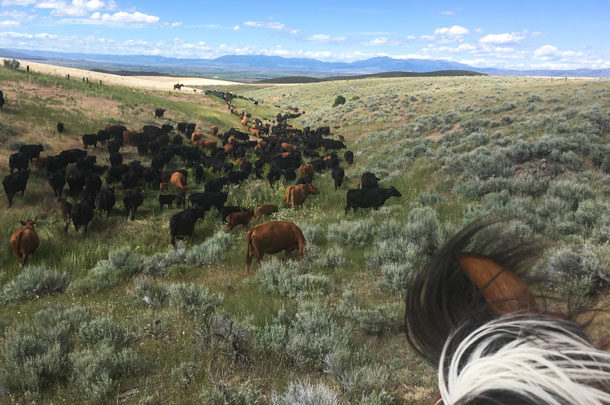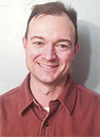Part of that planning is determining what bulls to turn out this breeding season and, for some, which cows to pair with those bulls. There is no perfect bull in this world for all instances, even if you paid an exorbitant price for it. Bulls tend to be genetically predisposed to throw masculine or feminine traits, and there are those that are bred to focus on the middle of the road.
Margaret Thatcher once made the comment that if you stand in the middle of the road, you will get hit by traffic from both directions. Herein lies the dilemma when it comes to breeding and the type of calves you wind up with. Over the past few years, the price spread between heifer and steer calves has widened substantially. By breeding for the middle, we tend to take away maximizing growth traits in the steers, and also maternal traits in the heifers. In our attempt to find that elusive perfect balance, you have to ask the question, “Can we add value to these heifers, breed for stellar feedlot steers and still have the type of heifer we want to retain for breeding?”
Everybody likes different types of cattle when it comes to frame score, fleshing ability and various other traits. The vast majority of the data indicates that smaller cows tend to be more feed-efficient, more fertile and cost less to carry from year to year. This is a good thing in that lower inputs keep us more profitable in any market. The downside (in some trains of thought) is that those types of genetics tend to result in smaller calves. This is not necessarily a bad thing, so stay with me here.
In many cases, the smaller calves are still more profitable due to a higher per pound selling price. Smaller cattle allow for increased stocking rates, thus increasing our total pounds sold per acre of land.
The goal in any cattle environment is to maximize profit per acre and not necessarily profit per cow. Many have tried to increase profits per cow by breeding for larger calves but end up with larger cows as well that require more inputs to carry them. It only makes sense this would happen if you are keeping replacement stock from within the herd. There are some solutions for this dilemma.
I have seen two ranches meet this issue with success. Both ranches utilize terminal sires. One uses Charolais and the other uses Angus terminal sires. The idea of using an Angus bull as a terminal sire may seem different, but the reality is that within every breed, there are bulls that have great calving and growth traits and excel as a terminal sire. This adds value to all calves in the herd when sale time comes. But what about replacements?
In one case, the ranch holds out the core cow herd that is desired to be the female seedstock and breeds to the bulls they wish to be herd sires. It is a genetic fact that half of those calves born from this bull will be bull calves that won’t have the growth traits as the terminal sired group.
Bear in mind, though, this smaller group of steer calves are generally going to be thrifty and feed-efficient, making them great calves to hold and put out on grass the following spring as they can be held through the winter at a very low cost (or sold to someone looking for lightweight calves for grass cattle), thus putting them into a different market niche, providing cash flow at alternate times of the year and entering the feedlots at times when the growthy calves of the fall are rotating out. Following this breeding plan allows for the bulk of the herd to wean calves of high growth while having a smaller group of lightweight steers to sell to a different market segment – at a time of the year when they could draw a premium as well – and still maintain the type of heifer desired for breeding.
The second ranch uses a terminal sire to place on all cows 2 years old and older while using A.I. to breed all replacement heifers with the herd sire they desire. Replacement heifers are only kept from those calves born to first-calf heifers. This allows them to maintain a smaller framed, efficient cow and still maximize calf growth due to the terminal sire bull.
It’s easy to fall into a rut and continue to do the same thing year in and year out without a lot of thought given to what we are really doing. It’s also hard to make changes and go against conventional thought. I once heard someone say, “If you’re thinking like everyone else, then you probably aren’t thinking.” There’s a lot of truth to that. Agriculture is changing faster every day. Don’t be afraid to think outside of the box. ![]()

-
Billy Whitehurst
- Makale Livestock
- Whitehall, Montana
- Email Billy Whitehurst
PHOTO: These calves’ fate was largely determined about a year prior when the bulls were turned out. This spring, make sure you turn out the right bull. Photo by Billy Whitehurst.









